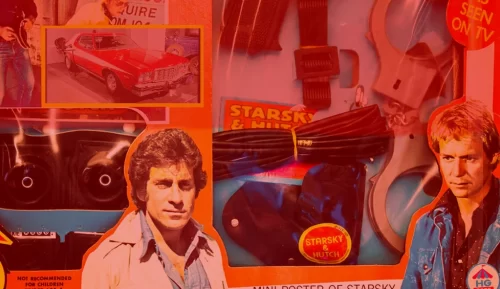
FAST FACTS Vol. 1, Issue 7 – THE 1976 GRAND TORINO
Starsky & Hutch’s Ford Grand Torino – Zeebra Three is comin’ atcha! From 1974 to 1979 America couldn’t get enough of bright red car with

The average automobile owner knows there is an engine under their hood, but beyond that, knowledge, or interest, falls off dramatically.
So, you change the oil as frequently as the little static-cling sticker on the inside of your windshield suggests, and you curse the day the dreaded “check engine” light comes on.
In this issue of Under The Hood, we want to empower you with a basic understanding of an engine, and what components may require attention during the lifetime of your ownership.
The engine is part of your drivetrain, which includes the transmission, differential, driveshaft, axles, CV joints, and wheels. (But that’s for another article.)
 Engine Block – A solid block of metal, machined with many ports, chambers, and conduits, that is the foundation of the engine. All other parts are mounted to the block.
Engine Block – A solid block of metal, machined with many ports, chambers, and conduits, that is the foundation of the engine. All other parts are mounted to the block.
Fuel Delivery System – The method of fuel delivery varies by age and configuration of the engine, but commonly includes a carburetor or electronic fuel injectors. These pump a fuel/air mixture into individual combustion chambers.
Cylinder Head – The cylinder head includes tooling for external parts like the carburetor, and internal mechanisms like the valves, and mounts directly to the top of the block.
Valves – The valves regulate the flow of air, fuel, and exhaust fumes inside the cylinder head. There are both intake valves and exhaust valves.
Camshafts – The camshaft provides adjustable timing that opens and closes the valves facilitating the combustion of the fuel and exhaust of the spent gasses.
Spark Plugs –The spark plug ignites the fuel/air mixture by providing a rhythmically-timed spark.
Pistons – Pistons reside inside the block’s cylinders, and move up and down in a sequence allowing the combustion to expand and move a piston down, while its connection to the crankshaft pushes another piston in position for the next combustion cycle.
Crankshaft – The crankshaft runs from the front to the rear of the engine and is located near the bottom of the block. This component converts energy from combustion in the piston chambers to rotary force and connects to the transmission.
Timing Belt/Chain – The camshaft and crankshaft must work with precise timing, so they are synchronized using a timing belt or chain. New vehicles use a belt made of heavy-duty rubber with cogs to grasp the pulleys from the camshaft and crankshaft. Older, and more beefy engines still use a chain, very similar to the exposed chain you see on a motorcycle.
Oil Pan – The oil pan, also known as the oil sump, is attached to the bottom of the engine and stores the oil used in the lubrication of the engine.
There are additional systems attached to the engine including cooling, electrical, air-intake/exhaust, and ignition. These include separate components like the radiator, alternator, water pump, carburetor or fuel injectors, battery, starter, and exhaust.
In the Fraser Engine Co. remanufacturing process, a source engine block is completely cleaned and the cylinders are rebored. The all-new parts are used to rebuild the engine to its original or better specifications. Frasier remanufactured engines are bench-tested and are delivered with zero miles.
Thanks for checking in, and don’t forget to check Under The Hood!

Starsky & Hutch’s Ford Grand Torino – Zeebra Three is comin’ atcha! From 1974 to 1979 America couldn’t get enough of bright red car with
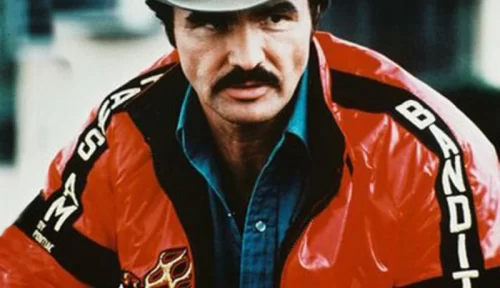
1977 Pontiac Trans Am ENGINE SPECS for the “Screaming Chicken” Car: 6.6 Liter, V8 water-cooled, cast-iron block and heads, 5 main bearings Displacement: 400 cubic-inches
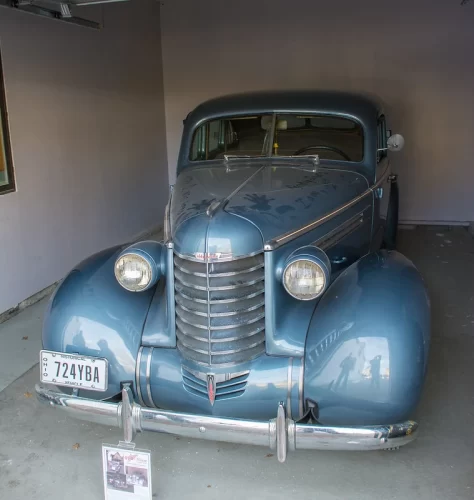
Whee Anything That Could Go Wrong, Does… perfectly! This classic holiday movie features a 1937 Oldsmobile F-37 Six Touring Sedan. If you are not familiar
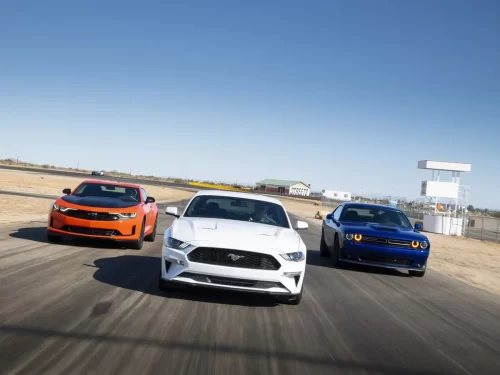
Top Five Cars Dads Will Drool Over There isn’t one type of dad, so we’ve covered all your bases… Father’s Day is just around the
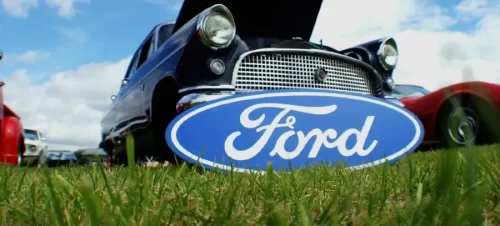
When it comes to heavy-duty vehicle applications, power, durability, and reliability are paramount. The Ford 4.2L engine, known for its robust design and performance, has
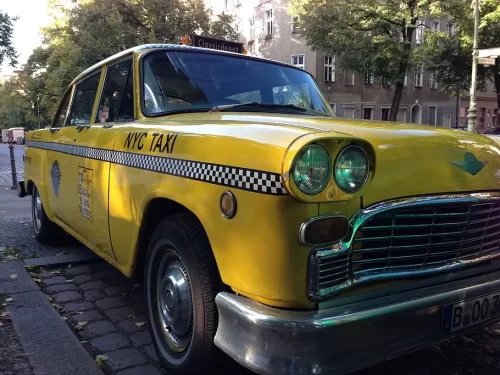
T’was Christmas Eve In New York City THIS HOLIDAY CLASSIC FILM FEATURES A 1970 CHECKER MARATHON SEDAN TAXICAB. Scrooged – Featuring a 1970 Checker Marathon Cab